Selecting the right machining process and sequence for aluminum CNC machining parts is crucial to achieving the desired results efficiently and cost-effectively. Here’s a guide on how to choose the appropriate machining process and order:
1. Review Part Design:
Start by thoroughly reviewing the design of your aluminum CNC part. Understand its geometry, features, tolerances, and any special requirements. This will help determine the most suitable machining processes.
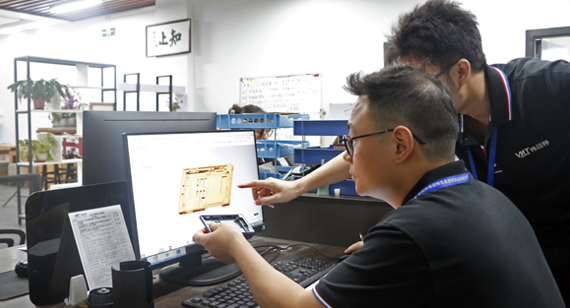
2. Material Selection:
Choose the appropriate aluminum alloy based on the part’s intended use. Different alloys have varying properties, such as strength, machinability, and corrosion resistance.
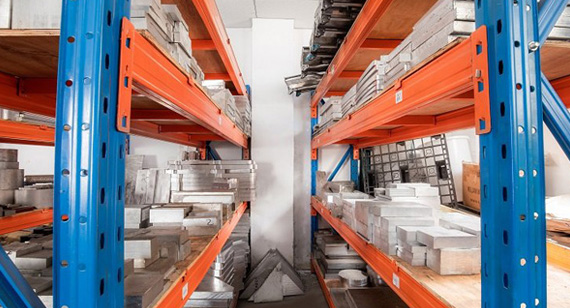
3. CNC Machining Processes:
Identify the specific CNC machining processes needed for your part. Common processes for aluminum CNC machining include CNC milling, turning, drilling, and threading. Select the processes that match the part’s design and requirements.
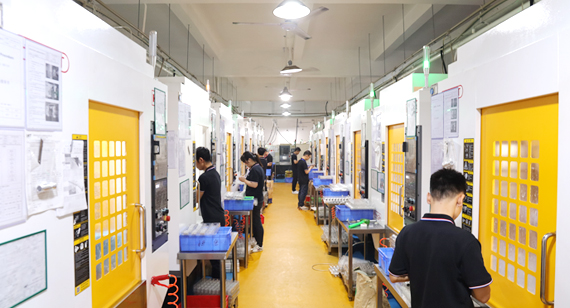
4. Machining Sequence:
Determine the order in which the machining processes will be performed. The sequence should optimize efficiency and accuracy.
For complex parts, it’s often advisable to perform roughing operations before finishing operations.
5. Tool Selection:
Choose the appropriate cutting tools for each machining operation. Consider factors like tool material, geometry, and coatings to ensure the best tool life and surface finish.
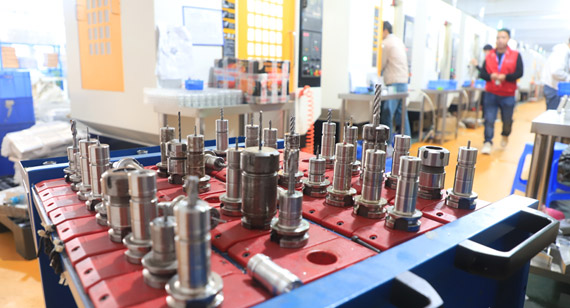
6. Toolpath Strategy:
Plan the toolpaths that the CNC machine will follow. Optimize toolpaths to minimize tool changes, reduce idle time, and improve machining efficiency.
7. Workholding and Fixturing:
Decide how the part will be securely held in place during machining. Proper fixturing is crucial to prevent part movement and ensure accuracy.
8. Tolerances and Surface Finish:
Determine the required tolerances and surface finish for the part. This will influence the choice of tooling and machining parameters.
9. Coolant and Lubrication:
Consider whether coolant or lubrication is needed during machining to control heat, improve tool life, and achieve better surface finish.
10. Quality Control Steps:
Plan for quality control measures throughout the process. This may include in-process inspections and final inspections to ensure the part meets specifications.
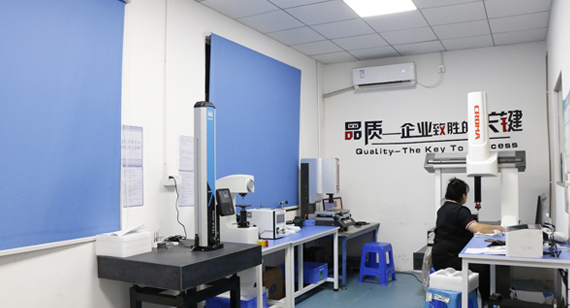
11. Chip Management:
Establish a strategy for efficiently managing the removal of chips and swarf from the machining area to prevent interference with tooling and workholding.
12. Secondary Processes:
If any secondary processes like anodizing, plating, or assembly are required, integrate them into the overall manufacturing plan.

13. Efficiency and Cost Considerations:
Strive to minimize tool changes, optimize cycle times, and reduce waste to improve the overall efficiency and cost-effectiveness of the machining process.
The selection of the right CNC machining process and sequence depends on the specific characteristics of your part and its intended application. Collaborating with experienced CNC machining professionals can help you make informed decisions and achieve high-quality results.